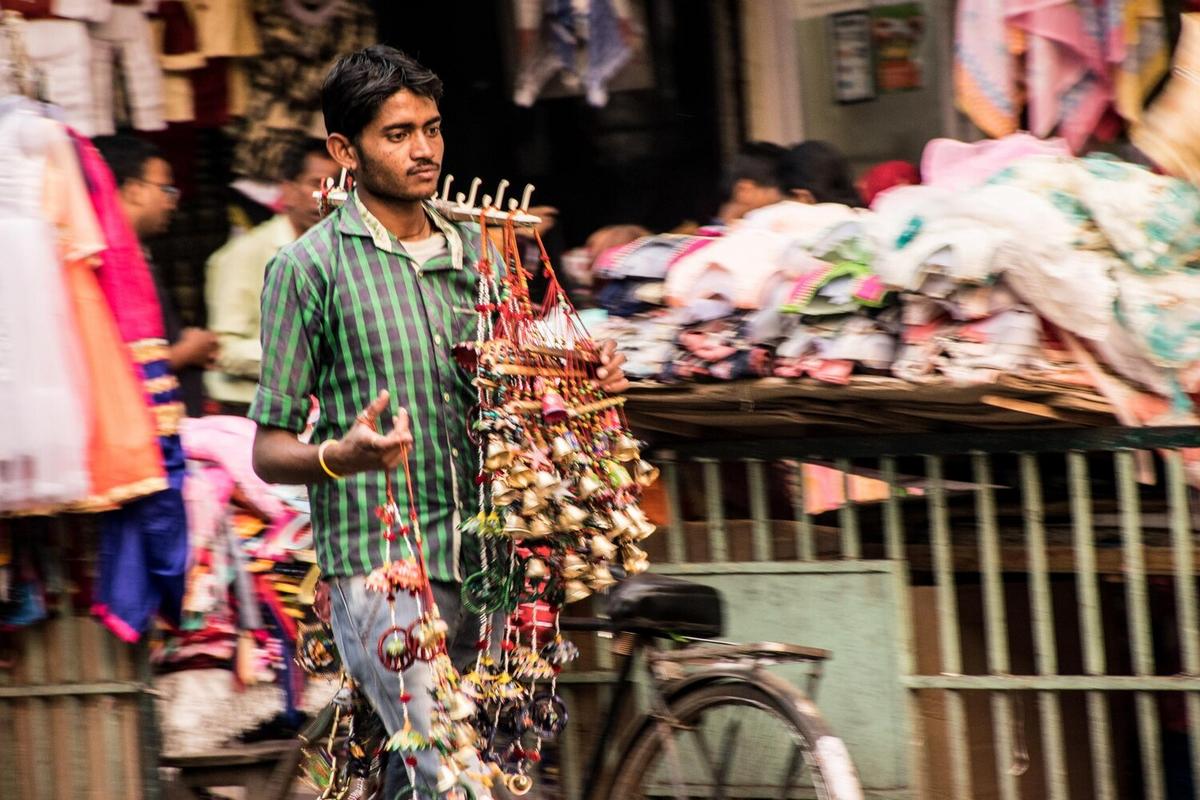
Exploring Indian Textile Heritage and Its Fashion Influence
The vibrant tapestry of Indian textile heritage is a testament to centuries of craftsmanship, tradition, and cultural exchange. This rich legacy not only shapes the fashion landscape within India but also influences global fashion trends.
Indian textiles have a storied history that dates back thousands of years, encompassing a diverse range of fabrics, techniques, and regional styles. From the intricate patterns of Banarasi silk to the vibrant hues of Bandhani tie-dye, each textile tells a story of its own.
The Rich Tapestry of Indian Textiles
India’s textile heritage is as varied as its cultural landscape. The art of weaving, dyeing, and embroidering has been passed down through generations, creating a wealth of styles and techniques. For instance, the Kalamkari technique involves hand-painting or block-printing on fabric, often depicting intricate mythological scenes.
“Indian textiles are not just about fashion; they are about preserving a legacy,” says renowned textile historian Ritu Kumar.
Influence on Global Fashion
The influence of Indian textiles on global fashion cannot be overstated. Designers around the world have long been inspired by the vibrant colors and intricate patterns. The use of Indian fabrics in haute couture collections is a testament to their enduring appeal.
Statistics and Trends
According to a report by the Indian Ministry of Textiles, the country’s textile industry accounts for 14% of industrial production and employs over 45 million people. This industry is a major player on the global stage, with exports reaching billions of dollars annually.
Personal Anecdotes and Examples
Take the example of renowned designer Manish Arora, who has masterfully integrated traditional Indian elements into contemporary fashion. His collections often feature bold prints and vibrant colors, reminiscent of India’s textile heritage.
When incorporating Indian textiles into your wardrobe, start with versatile pieces like a silk scarf or a block-printed skirt. These items can add a touch of elegance and cultural richness to any outfit.
Actionable Tips for Fashion Enthusiasts
- Explore local markets for authentic Indian textiles.
- Learn about the history and significance of different fabrics.
- Incorporate Indian textiles into modern outfits for a unique twist.
Comparison Table: Popular Indian Textiles
| Textile | Region | Characteristics |
|---|---|---|
| Banarasi Silk | Varanasi | Rich, intricate patterns with gold and silver threads |
| Chanderi | Madhya Pradesh | Lightweight, sheer texture with a glossy finish |
| Kalamkari | Andhra Pradesh | Hand-painted or block-printed, featuring mythological motifs |
| Bandhani | Gujarat and Rajasthan | Colorful tie-dye patterns |
| Phulkari | Punjab | Embroidery featuring floral motifs |
| Patola | Gujarat | Double ikat weave with geometric patterns |
| Pashmina | Kashmir | Soft, luxurious wool known for warmth |
| Kanjeevaram | Tamil Nadu | Heavy silk with vibrant colors and temple borders |
FAQs
What makes Indian textiles unique?
Indian textiles are renowned for their diversity, intricate designs, and the use of traditional techniques that have been refined over centuries.
How can I incorporate Indian textiles into my wardrobe?
Start with accessories like scarves or bags, or opt for statement pieces like a kurta or sari for special occasions.
Conclusion
The influence of Indian textile heritage on fashion is profound and far-reaching. By exploring and embracing these textiles, fashion enthusiasts can celebrate a rich cultural legacy while adding unique and vibrant pieces to their wardrobe. Embrace the world of Indian textiles and let it inspire your fashion journey.


